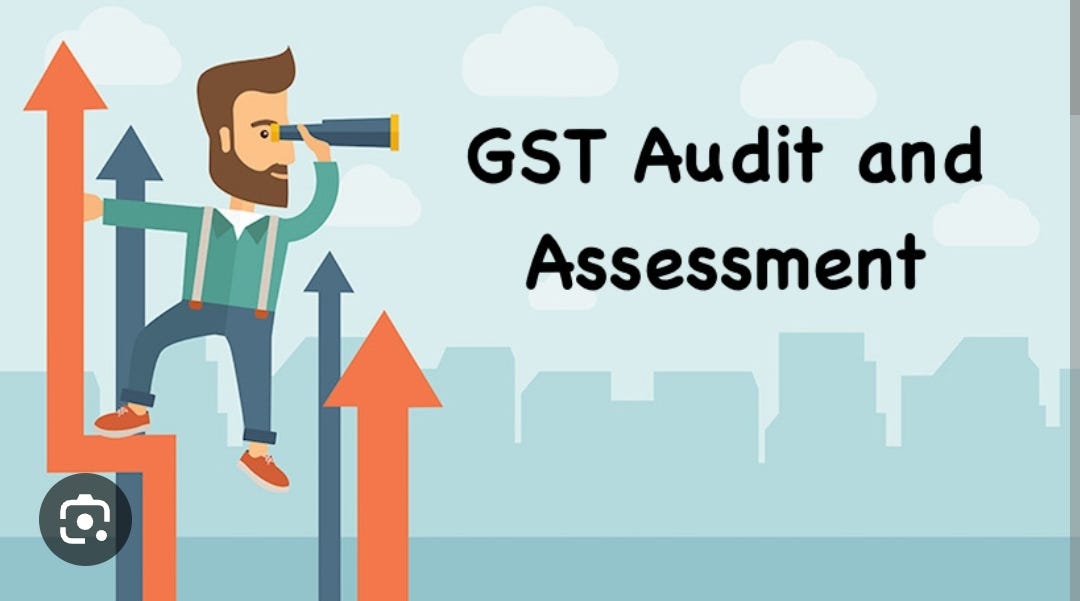
What is GST Audit?
Goods and Services Tax (GST) Audit involves a thorough verification of the original records, returns, and other documents maintained by a taxpayer at their business premises, including all additional places of business. The objective is to correlate these with the information provided by the taxpayer on the GST Portal through their returns and statements. This process ensures the accuracy of reported turnover, exemptions or deductions claimed, tax rates applied, Input Tax Credit (ITC), and refunds claimed. The tax officer can examine these documents either at their office or at the taxpayer’s business premises, as specified in a Notice issued in Form ADT-01.
Key Documents Audited in GST Audit
During a GST Audit, the following documents are typically reviewed:
- Original records and returns
- Financial statements
- Sales and purchase invoices
- Records of exemptions/deductions claimed
- Evidence of applied tax rates
- Documentation supporting ITC claims
- Refund claims and corresponding justifications
Navigating the GST Portal: Case Details Page
The Case Details page on the GST Portal provides several tabs for taxpayers to manage their audit-related activities:
- NOTICES: View notices issued by the tax officer.
- REPLIES: View or add replies to the issued notices or reports.
- PAYMENT DETAILS: View all payments made against Notice of Discrepancy or Additional Notice of Discrepancy or Audit Report via GST DRC-03.
- ACKNOWLEDGEMENT (GST DRC-04): View acknowledgements issued by the tax officer.
- REPORT: View reports issued against the case.
- REQUESTS: Initiate requests such as extensions for the audit period.
Actions Following Notice/Report Issuance
Upon issuance of a notice or report by the tax officer, the following actions occur:
- Notification sent to your registered email ID and mobile number.
- Notice/report updated on your dashboard.
Viewing Notices and Replies
To view notices:
- Navigate to Services > User Services > View Additional Notices and Orders and click the view hyperlink, then select NOTICE.
To view replies:
- Navigate to Services > User Services > View Additional Notices/Orders and click the view hyperlink, then select REPLIES.
Filing Replies or Counter-Replies
Upon filing a reply or counter-reply:
- The case status updates to “Reply Filed.”
- You receive an SMS and email acknowledging receipt.
- The filed reply is recorded on both your dashboard and the tax officer’s dashboard.
- The tax officer can download supporting documents and proceed with the audit.
Missed Deadlines and Reminders
If you miss a deadline for filing a reply, the tax officer can issue up to three reminders (Reminder 1, Reminder 2, Reminder 3) before taking further action.
Payment Against Notices/Reports
Payments can be made against the following notices/reports:
- Notice for Discrepancy under rule 101(4)
- Additional Notice for Discrepancy under rule 101(4)
- Audit Report u/s 65(6) (GST ADT-02)
- Audit Report u/s 66 (GST ADT-04)
- Show Cause Notice (DRC-01)
Viewing Payment Details
To view payment details:
- Navigate to Services > User Services > View Additional Notices/Orders and click the view hyperlink, then select PAYMENT DETAILS.
Viewing Acknowledgements and Reports
To view acknowledgements:
- Navigate to Services > User Services > View Additional Notices/Orders and click the view hyperlink, then select ACKNOWLEDGEMENT (GST DRC-04).
To view reports:
- Navigate to Services > User Services > View Additional Notices/Orders and click the view hyperlink, then select REPORT.
Types of Notices Issued to Taxpayers
Tax officers can issue various notices to taxpayers, including:
- Notice for conducting Audit u/s 65(3) ADT-01
- Notices for additional information
- Notices of discrepancy
- Audit reports
- Show Cause Notices (SCN)
- Summons
- Replies to requests for adjournment of audit
Requesting Extra Time for Document Submission
If additional time is needed to submit documents against a notice, taxpayers can request an adjournment:
- This request can only be initiated for the Notice for conducting Audit under u/s 65(3) (GST ADT-01).
- The maximum extension allowed is one year from the issuance date of the notice.
Conclusion
Understanding the intricacies of GST Audit and effectively navigating the GST Portal are crucial for compliance. By being well-versed in the types of documents required, the actions following the issuance of notices, and the tools available on the portal, taxpayers can ensure a smooth audit process. Regularly checking the GST Portal for updates and promptly responding to notices can help avoid complications and ensure compliance with GST regulations.
LinkedIn Link : RMPS Profile
This article is only a knowledge-sharing initiative and is based on the Relevant Provisions as applicable and as per the information existing at the time of the preparation. In no event, RMPS & Co. or the Author or any other persons be liable for any direct and indirect result from this Article or any inadvertent omission of the provisions, update, etc if any.
Published on: June 7, 2024
